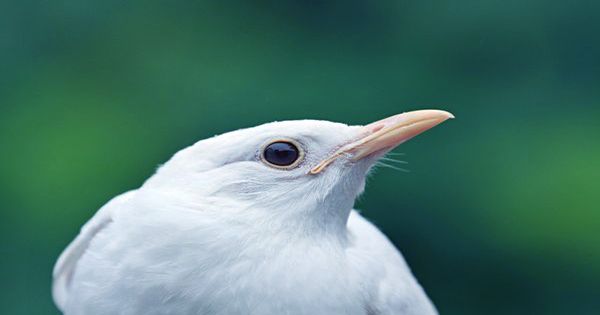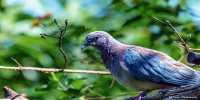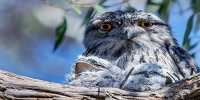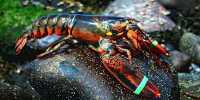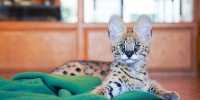Almost the entire population of the wild Laysan Albatross – estimated 2.5 million people call the northwestern Hawaiian Islands home. In it sits a bird whose lifelong achievement has just continued. As the oldest wild bird on record, an albatross named Wisdom stunned his fans three years ago when he accidentally raised his latest identity at the tender age of 67. Now, she is at the top of her record welcoming a new chick at the age of 70 and a mother of about 30 to 36 in her lifetime. Biologist Chandler Robbins first formed the band Wisdom on December 10, 1956 at Midway Atoll. In 2002, 46 years later, he rediscovered him. Wisdom believed to have returned to the Papahānaumokuākea Marine National Memorial in Midway Atoll, Hawaii, to live and have children with his partner Akeakamai – Hawaiian for “Lover of Wisdom” – at least since 2012, when Akeakamai first banded.
US Fish, Wildlife Service biologist. Beth Flint said in a statement, “At least 10 years old, we believe Wisdom had other companions.” “Although albatross partners for life, they can find new partners if needed – for example if they leave their first partner.” In the wild, Laysan albatrosses usually survive for up to 50 years, but Wisdom is clearly the most severe and has beaten the average for two decades. She and her predecessors survived the tsunami at Midway Atoll in 2011. It was the fate of a few puppies at Atoll. The same chick was later spotted a few feet away from Wisdom’s home in 2018 – apparently, this kind of family reunion is common among Laysan Albatrosses, says the US Fish and Wildlife Service: Pacific Islands.
This year, Wisdom brought her last chicks on February 1. It took about two months for these baby birds to hatch, after which they bit from their shells with the help of a temporary egg tooth. The process known as piping and zipping; in the early stages such chickens heard peeking inside the eggs, sometimes even communicating with their parents. The next step is “unzipping” the egg with their special teeth. Parents sometimes come to the rescue of tired chicks that are almost free from their shells. “Every year after returning to Wisdom, we can learn more about how seabirds can survive and raise chicks,” Flint continued. “His return not only inspires bird lovers everywhere, but also helps us understand more about how we can protect this perfect marine bird and the habitat it needs to survive in the future.”
